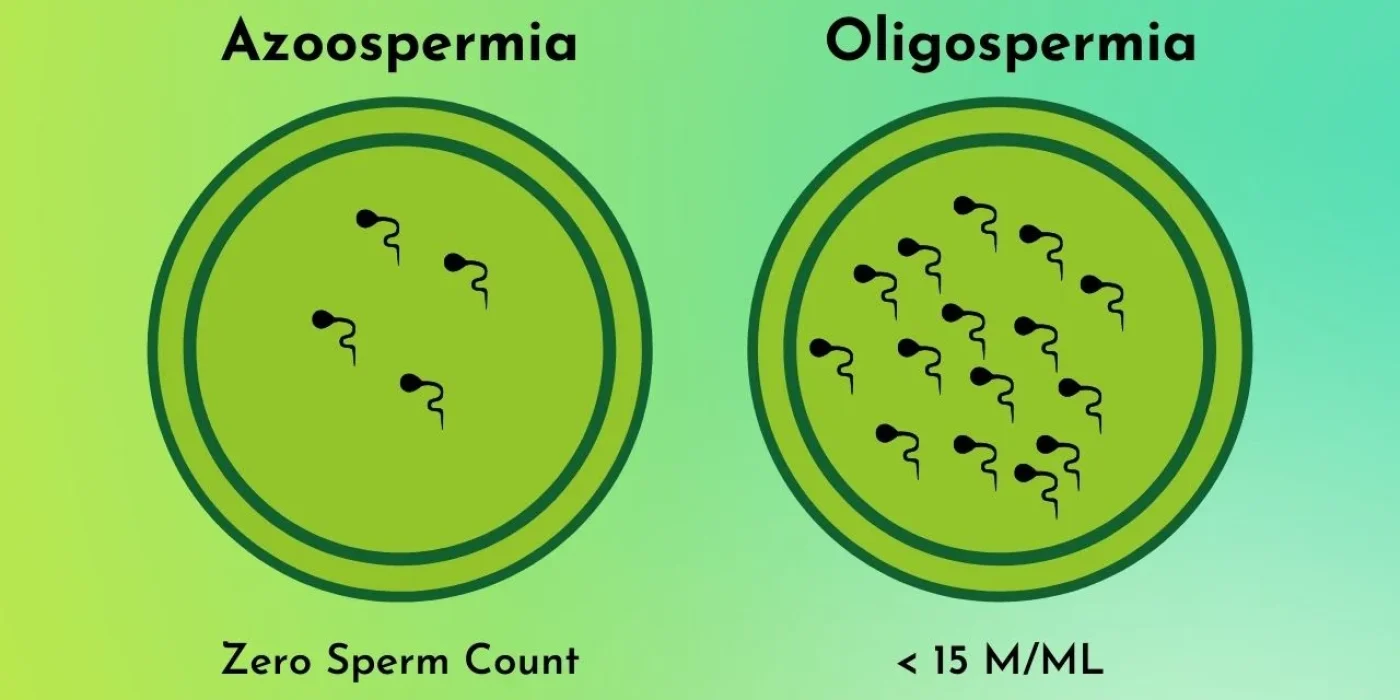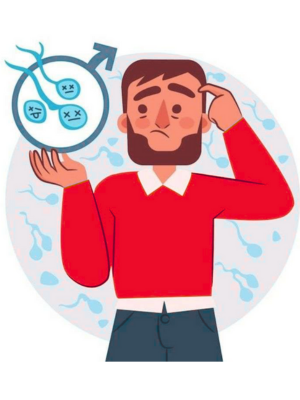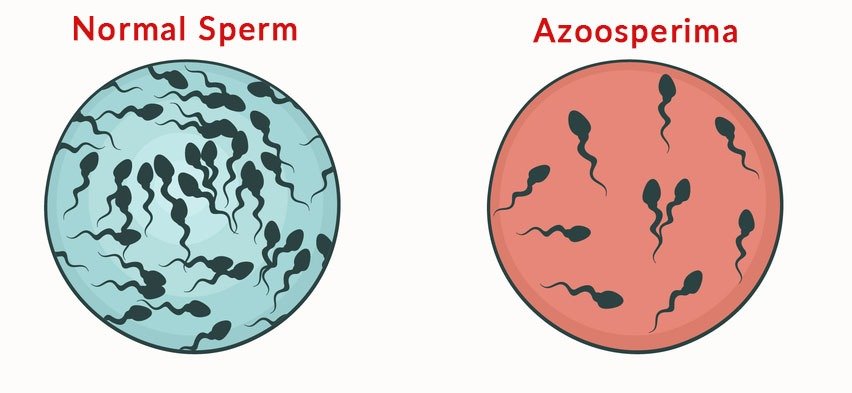Azoospermia can be treated depending upon its type e.g., obstructive or non-obstructive azoospermia.
Obstructive azoospermia can be treated by removing the blockage preventing the sperm from flowing. It can be done either by reconnecting or reconstructing the ducts which are preventing the sperm flow. This is mostly done through surgery.
Non-Obstructive Azoospermia is rather severe and it may not respond to medical treatment. In such cases, pregnancy can be achieved through assisted reproductive technology.
If azoospermia is caused due to low hormone production then it can be treated through hormonal treatment and medication.






